Among the many major historical events surrounded by controversy, the assassination of President John F. Kennedy stands out. Details about the former president’s assassination continue to perplex both the public and historians even today, but there is one piece of the puzzle that is often overlooked – the mystery of JFK’s missing brain.
People are interested in brains
Weirdly enough, the public is fascinated by the brains of high-profile individuals. Perhaps this is because people believe the brain is the key to unlocking the secrets of brilliant, talented, and influential people. For example, Albert Einstein’s brain was removed and studied by pathologist Thomas Harvey after his death in 1955.
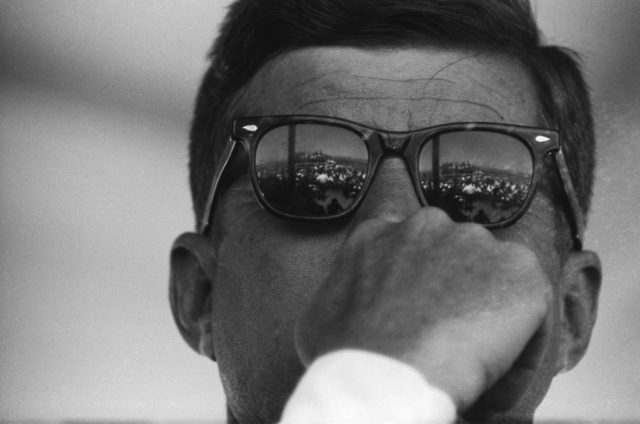
Vladimir Lenin’s brain underwent a similar process to Einstein’s. After Lenin died in 1924, Soviet officials, primarily Joseph Stalin, wanted scientists to study his brain to prove Lenin’s genius scientifically.
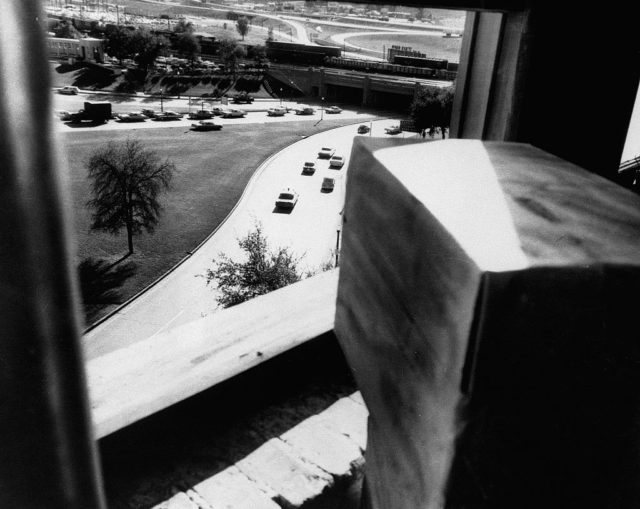
Like these public figures, people were also interested in studying JFK’s brain – not only for his brilliance but also to prove from which direction he was shot. Conspiracy theorists believe that finding JFK’s brain could prove that the late president was not shot from the back by Lee Harvey Oswald, as concluded by the Warren Commission.
We knew where JFK’s brain was for a few years
After JFK was killed on November 22, 1963, his body was flown back to Washington, D.C. Jackie Kennedy had wanted her husband’s autopsy to happen closer to home. She chose Bethesda Naval Hospital to perform the autopsy because President Kennedy had served in the Navy. The autopsy determined that JFK had been shot twice, from above and behind.
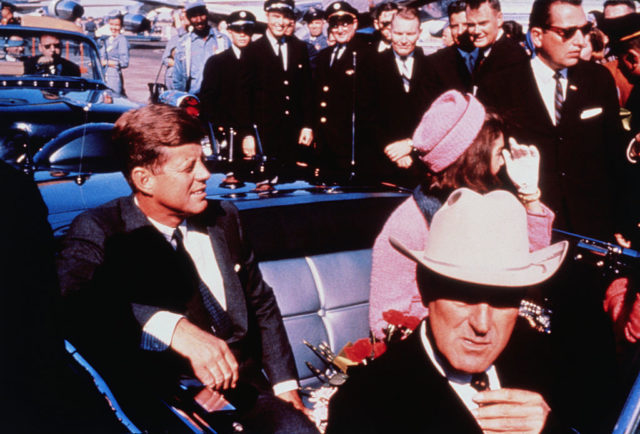
JFK’s brain was taken out of his skull and put into a jar during the autopsy. Former FBI agent Francis X. O’Neill Jr., who was present at the autopsy, recalls that “there was not too much of the brain left. More than half of the brain was missing.” In the official autopsy report, doctors noted that JFK’s brain was “removed and preserved for further study.”

After it was removed, doctors placed JFK’s brain in a stainless-steel container with a screw-top lid. The container was then stored in a filing cabinet in the office of the Secret Service before it eventually was moved to the National Archives.
Once the brain was moved to the National Archives, it was placed in a secure room under the jurisdiction of JFK’s former secretary, Evelyn Lincoln, who was organizing his presidential papers.
However, by 1966, JFK’s brain, tissue slides, and other autopsy materials were nowhere to be found. A follow-up investigation headed by the Attorney General failed to identify the culprit or determine where JFK’s brain was.
The plot thickens
No one knows for sure where JFK’s brain is located today. Many conspiracy theorists take the mystery of the former president’s brain as proof of a coverup.
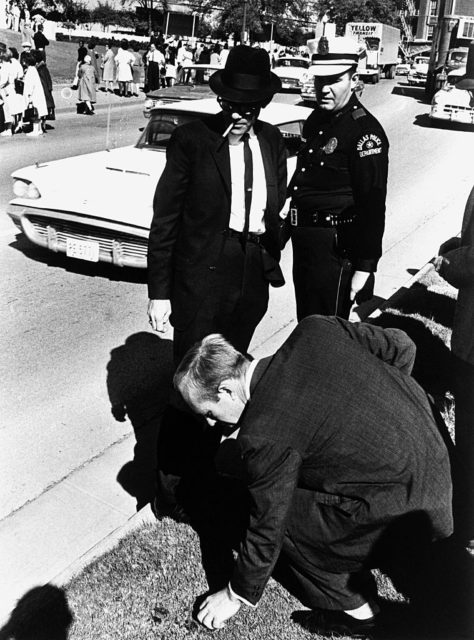
The official autopsy concluded that he was shot from above and behind – fitting with Lee Harvey Oswald’s position in the Texas School Book Depository. JFK conspiracy theorists believe that his brain would offer physical proof, based on the bullet entrance and exit points, that he had instead been shot from the front. To these conspiracy theorists, the fact that the brain is missing seems to prove a coverup.
However, the reality of the situation is much less sinister than covering up a plot to kill a president. In his book End of Days: The Assassination of John F. Kennedy, historian and lawyer James L. Swanson suggests that it was Robert Kennedy who took JFK’s brain.
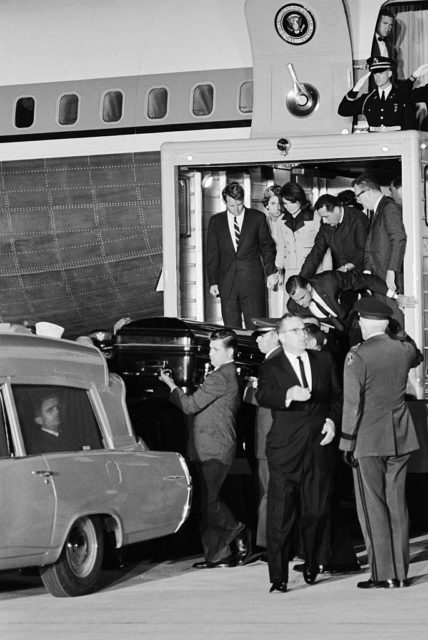
In 1972, forensic pathologist Cyril Wecht was permitted to examine the Kennedy autopsy records at the National Archives. It is worth noting that Wecht was a critic of the Warren Commission‘s conclusions, so he already held a bias regarding the JFK assassination. Included in the inventory that Wecht was hoping to look at were a “stainless steel container… containing gross material” and microscopic tissue slides. These items had been turned over to Evelyn Lincoln by JFK’s personal physician, George C. Burkley, in 1965.
However, when Wecht was conducting his research at the National Archives in 1972, he could not find the stainless steel container or the tissue slides, which indicated that the brain was missing.
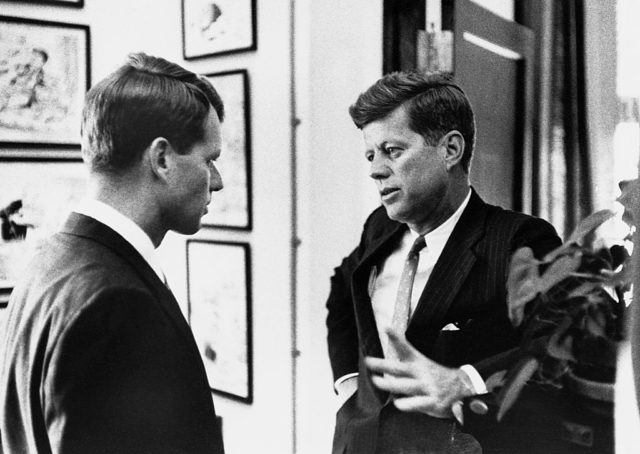
The fact of the matter is that the material – including the brain – that was turned over by his physician never belonged to the National Archives. The material belonged to the Kennedy family. According to a spokesperson for the National Archives, a secretary of Robert F. Kennedy came to fetch the artifacts a few days after George C. Burkley gave the material to Evelyn Lincoln. Personnel at the National Archives don’t know what happened to the “gross material” because it was never in the custody of the archives in the first place.
In his book, Swanson suggests that Robert Kennedy stole his brother’s brain “not to conceal evidence of a conspiracy theory but perhaps to conceal evidence of the true extent of President Kennedy’s illnesses, or perhaps to conceal evidence of the number of medications that President Kennedy was taking.”
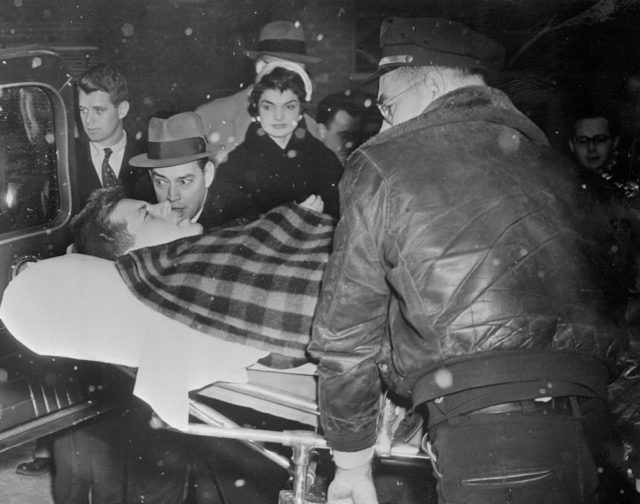
This conclusion makes sense, especially as JFK’s health issues have been revealed to the public since his death. Disclosed medical files show that JFK was taking painkillers, anti-anxiety agents, stimulants, sleeping pills, and hormones to keep him alive and functioning during the last eight years of his life. In times of stress, doctors upped the doses to keep him going.
Part of JFK’s appeal to the public was his youthful, charismatic image. A young man wracked with health issues was not part of this image, and perhaps RFK didn’t want that to become part of his legacy.
More from us: The Ex-Army General Lee Harvey Oswald Tried To Kill Before JFK
Ultimately, we may never know what became of Kennedy’s brain, but one thing is for sure – its fate adds to the mystery of JFK’s assassination.
